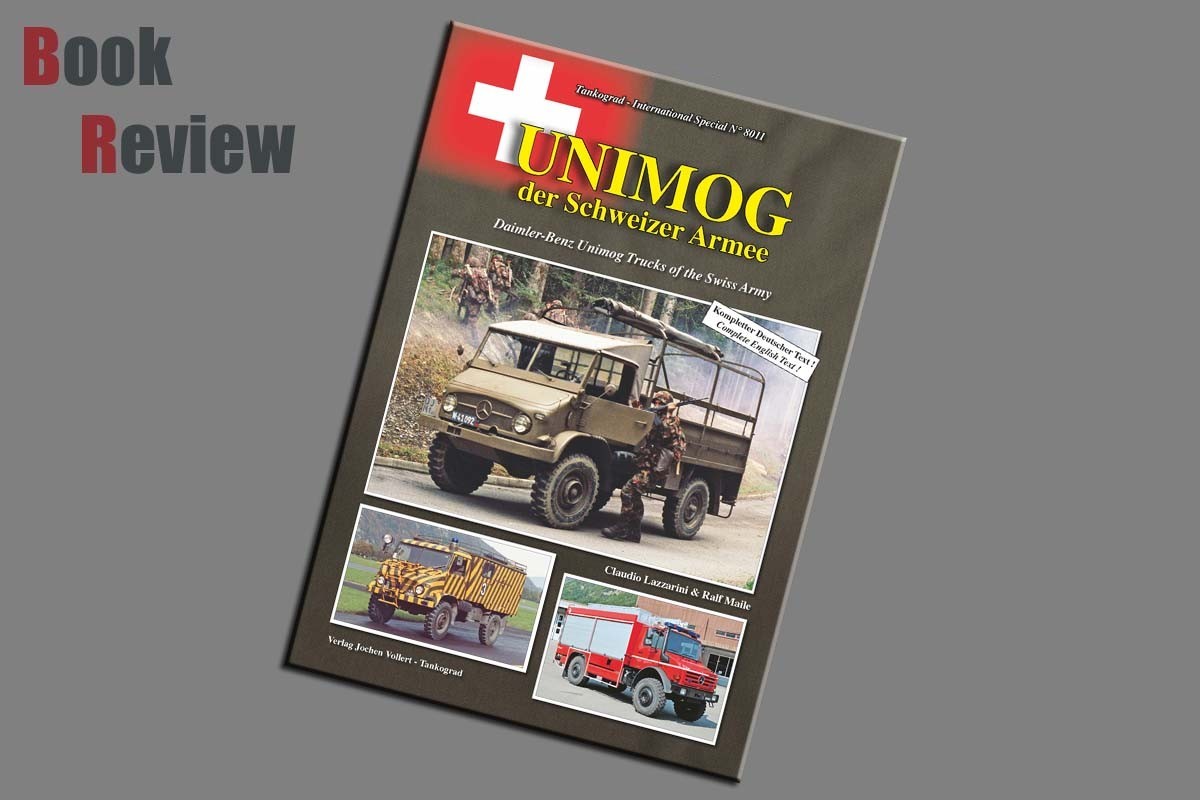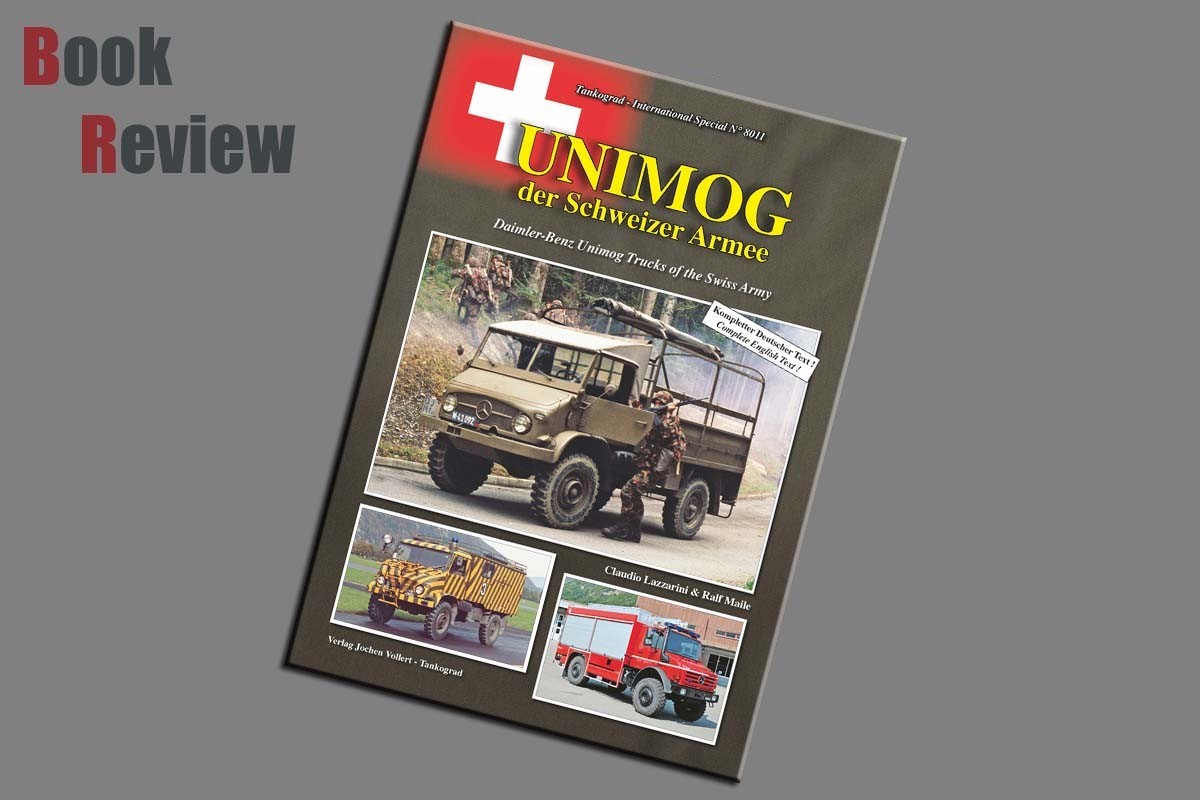
Introduction
The following introduction is taken from the Tankograd website:
As the first military customer and as one of the first export customers, the Swiss Army received its initial four Unimog U25-series trucks as early as 1950. After a longer period of testing, the Unimog S was procured from 1961 onwards. The Unimog S and "Dieseli", which were purchased in large numbers, were primarily used as tactical vehicles with various superstructures and mission kits by different branches of the armed forces. After the "Dieseli" and Unimog S were taken out of service, various more modern Unimog types of different series were acquired for these tasks. These soldier on up till today for example as fire-fighting vehicles.
This publication shows the Unimog in service with the Swiss Army, where it has now been successfully operating for more than 70 years.
Review
This offering from Tankograd publishing, looking at the Swiss Army and their use of the Unimog is authored by Claudio Lazzarini and Ralf Maile. This is a soft backed book, with a glossy card cover, that does a reasonable job of protecting the pages inside. The book is approximately A4 in size, and made up of 64 pages of a good gloss paper, that shows the photographic content off at it’s best. This offering is one of Tankograd’s duel language books, with a German text on the left and English on the right of each page where applicable.
The contents of this release are laid out as follows:
Swiss Army Unimog trucks
The “Dieseli” from Boehringer to Unimog 411
Large scale procurement of the Unimog S
The U140 L- and why is was not a successor
Other Unimog Series in Swiss Army Service
The text in this offering from Tankograd is well presented, but I do find the text size a little on the small side. Perhaps that is just a sign of getting old!!. The duel language approach taken by Tankograd may not be popular with all, but I find it an easy read. The contents are broken down into an organised presentation, that further makes the text easily read. The use of the Unimog with the German Army has been well covered by Tankograd, and it’s use here with the Swiss Army is no less well covered. I suspect that most of us when thinking about or hearing the name Unimog think of the little dumpy flat bed truck, however, nothing could be further from the truth. When you look at what military forces put this vehicle to use as.
The photographs in this offering are a mix of colour and black and white, with most being of a high quality, with just a few showing that 1970s colour “fuzzy” look. Something that Tankograd does exceptionally well with their photographs is providing captions in both English and German (in this case) that clearly identify what it is we are looking at. The result of this book is that if you were looking to build models of the Unimog in use with the Swiss Army, then you could produce twenty models before you even start to scratch the surface.
Conclusion
The Unimog may not be the sexiest vehicle, but the broad use it was put to makes this vehicle an important one to cover, and that is something that Tankograd has done very well in this release. With the result that if the Unimog is of interest to you, odds are Tankograd has it covered.

